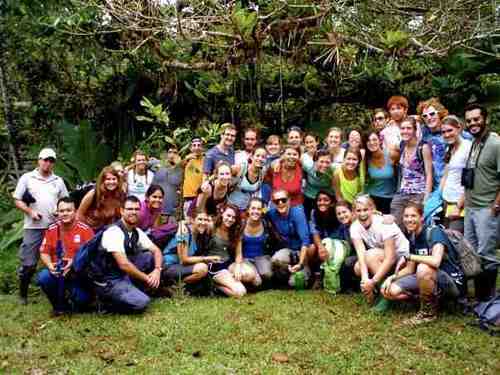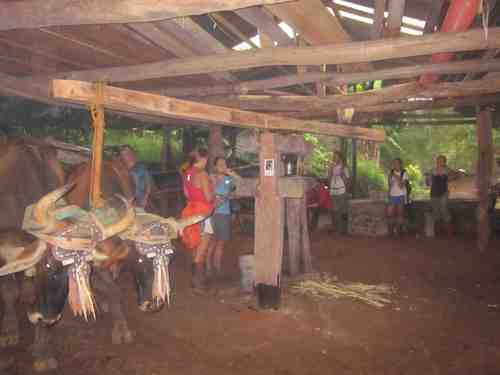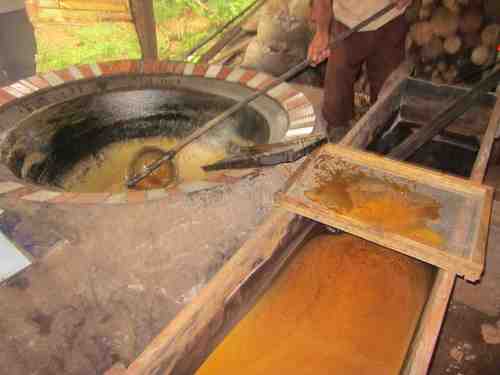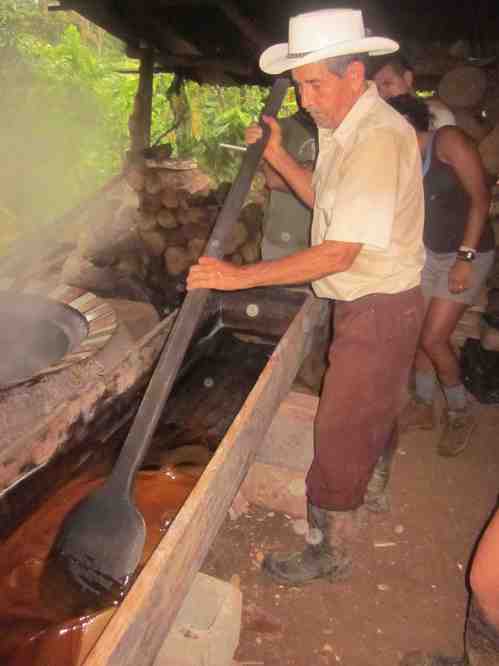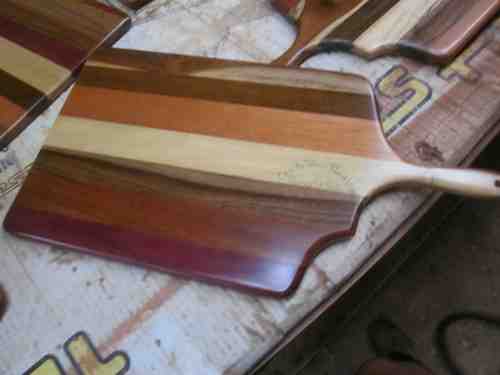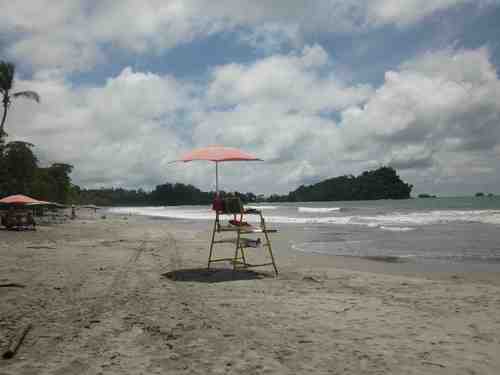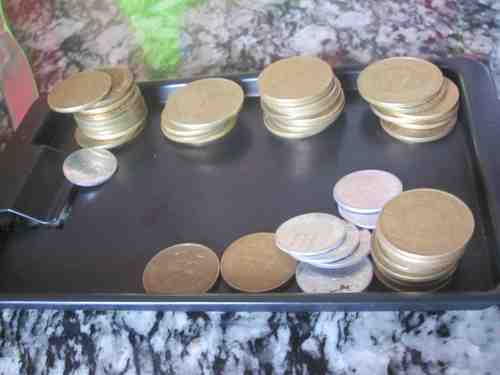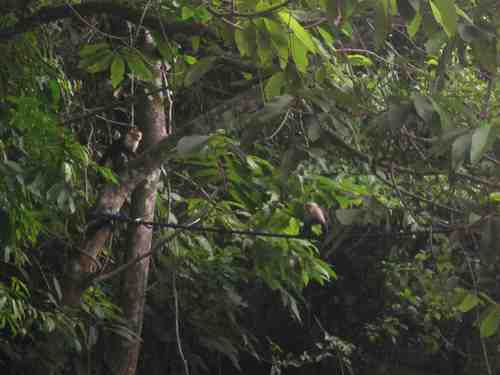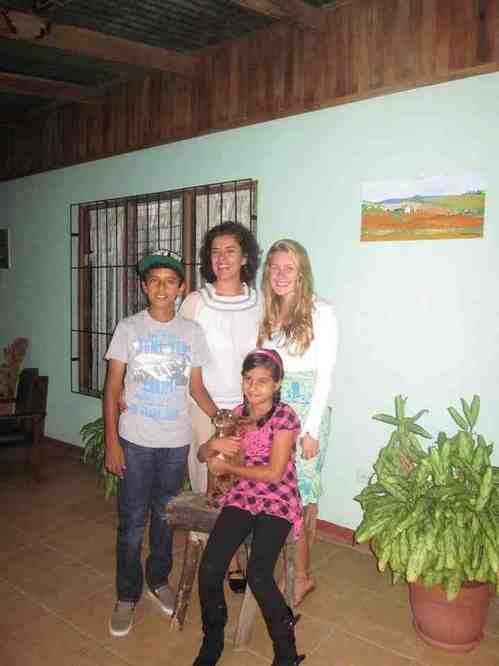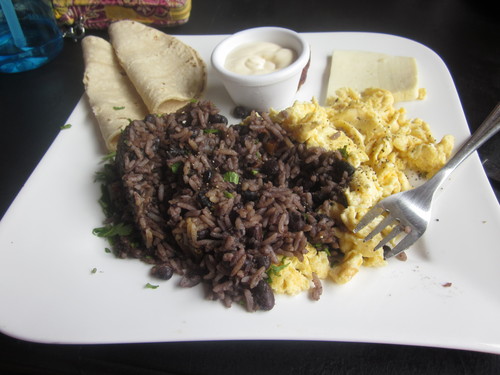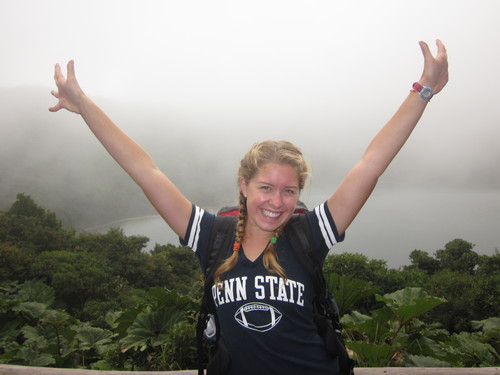Day 1: We visited the ruins of Casco Antiguo and visited a museum about the cities history. After, we hiked through Casco Antiguo up to Las B�vedas and Malec�n After, we visited the Punta Culebra interpretation Center (Smithsonian Tropical Research Institute). There we saw many animals including sharks, string rays and star fish. We also saw a sloth on a telephone wire. We also had two lectures: one on chitrids and amphibian decline in Panama and another on emergent diseases. Day 2: We hiked through Soberan�a National Park and visited the Bird observation tower where researchers were counting migratory birds. In the afternoon, we had a guest lecture on Conservation of the Flora of Panama. Day 3: We hiked through Parque Natural Metropolitano which is the conservation area next to the city and we also had an opportunity to go up into the Canopy Crane and see the whole forest on one side and the whole city on the other. In the afternoon, we visited the Miraflores Locks of the Panama Canal where we watched a short movie on the history and got to see ships passing through the locks on the Pacific side. Day 4: We traveled to the Carribean side of Panama in less than two hour to visit Col�n which is a small area on the other side of the locks which you have to pass through the locks to get to by bridge or boat. We then got to walk around San Lorenzo ruins, which is one of the most beautiful places I have ever been.
Location: Panama City, Panama, Colon, Panama



